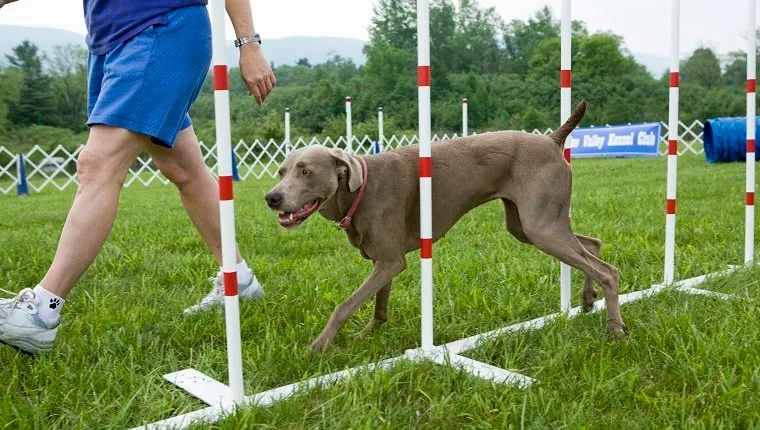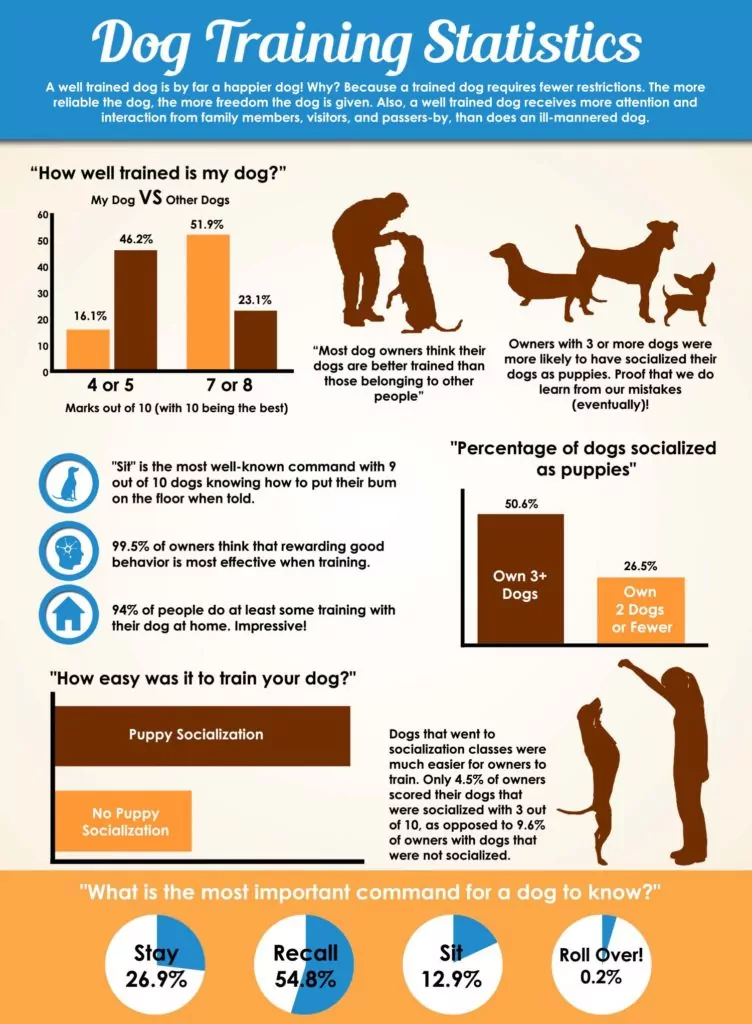Spring Canine for Beginners
Spring Canine for Beginners
Blog Article
An Unbiased View of Spring Canine
Table of ContentsSome Known Questions About Spring Canine.The Of Spring CanineSpring Canine Things To Know Before You BuySome Known Details About Spring Canine Not known Facts About Spring CanineThe Single Strategy To Use For Spring Canine
In science-based training, in-depth understanding of pets, their nature, behaviour, classic conditioning, punishers, reinforcers, everything related to it comes into account. Science-based pet training is constantly being enhanced from the end results of examinations by animal behaviourists to try to genuinely comprehend pet dogs. Science-based pet training or it can be taken into consideration as contemporary techniques.The canines learn by the end results of their behaviour, whatever those effects may be. In this method, all fitness instructors comply with the regulation of science. The difference in between the conventional and contemporary is that the conventional fitness instructors are frequently not aware of the legislation of the science that underpins the results they are obtaining.

Something went incorrect. Wait a minute and attempt once again. Attempt once more.
The Only Guide to Spring Canine
We use cookies on our site to provide you the very best experience by remembering your choices and repeat gos to. By clicking "Approve", you consent to using ALL the cookies. Do not offer my individual info.
Many people love their hairy buddies. However, not every minute is enjoyable when your pet dog isn't educated to act in specific methods or prevent unwanted habits. There are lots of strategies handed down from unknown resources that tell you the best ways to get your canine not to do something. What is the finest approach, and just how do you make use of these techniques? Find out the most usual techniques for just how to train your pet, as well as what techniques not to utilize.
The 2nd is the reward-based technique. Reward-based methods use incentives only for the habits that you want your canine to follow. Aversive-based training utilizes methods like loud, unpleasant noises, physical improvements, and rough abuses to get your dog to act the method you want.
A Biased View of Spring Canine
Deals with, tummy rubs, or other dog-pleasing actions are utilized to enhance that a behavior was good. Different experts favor one approach over the various other. https://profile.hatena.ne.jp/springcanine/. The one that you utilize is entirely approximately you. Some individuals think that a rewards-based technique sets up an "occasion sequence" for your canine where they link you with delighted feelings when they do what they're told.
That anxiety suggests that your pet does what they are informed to prevent unpleasant sensations. Pets find out a great deal like little children. Every pet reacts to the tone of our voice even more than the actual words.
Adaptive learning is how well your dog picks try these out up from their environments and the environment around them to address issues. Functioning and obedience are just how well they learn the jobs and commands that you show them. To get your pet to be obedient, you need to focus on training that uses obedience methods and the details actions you desire from them.
Nonetheless, if you're training your canine to be a loving family pet, you must take into consideration reward-based obedience training. This technique doesn't develop fear-based reactions in your pet dog. It in fact reinforces your caring partnership with them. Pet dogs are wise sufficient to learn the behaviors that you want them to have. They are likewise smart sufficient to learn what they can get away with.
The Buzz on Spring Canine

When your canine performs the habits, they must get their incentive. When you are utilizing reward-based training, your canine needs to recognize that there are repercussions for behaving in a way you do not such as.
As an example, a dog that suches as to jump approximately greet their human beings when they come right into the residence can be hazardous for a tiny kid or an older adult. To train them not to lift at you, do not welcome them or give them focus if they leap up.
Not known Incorrect Statements About Spring Canine
Keep a treat in your hand while you do this. When the canine does not jump, provide the treat, and repeat the task until your dog doesn't leap up when you come in. You should attempt this with every one of individuals that your dog obtains excited to see when they come right into your home.
When you're teaching your dog something brand-new, keep in mind that they have the focus period and knowledge of a two-year-old. Your training sessions ought to be short and to the point. Limitation them to 15 minutes. Focus on one task or behavior so that they do not become overwhelmed. Make certain that you're using the very same commands for the habits that you desire.
As an example, if you desire to educate your pet to relax, you will certainly puzzle them if you claim "Lie down" one session and then state "Fido, relax or no treat" later in the day. They could not understand what to do. The American Kennel Club acknowledges 5 standard commands that every pet must know.
Local animal organizations can likewise assist you with behavioral problems or with basics. The AKC has over 5,000 clubs around the nation.
The 10-Second Trick For Spring Canine

Report this page